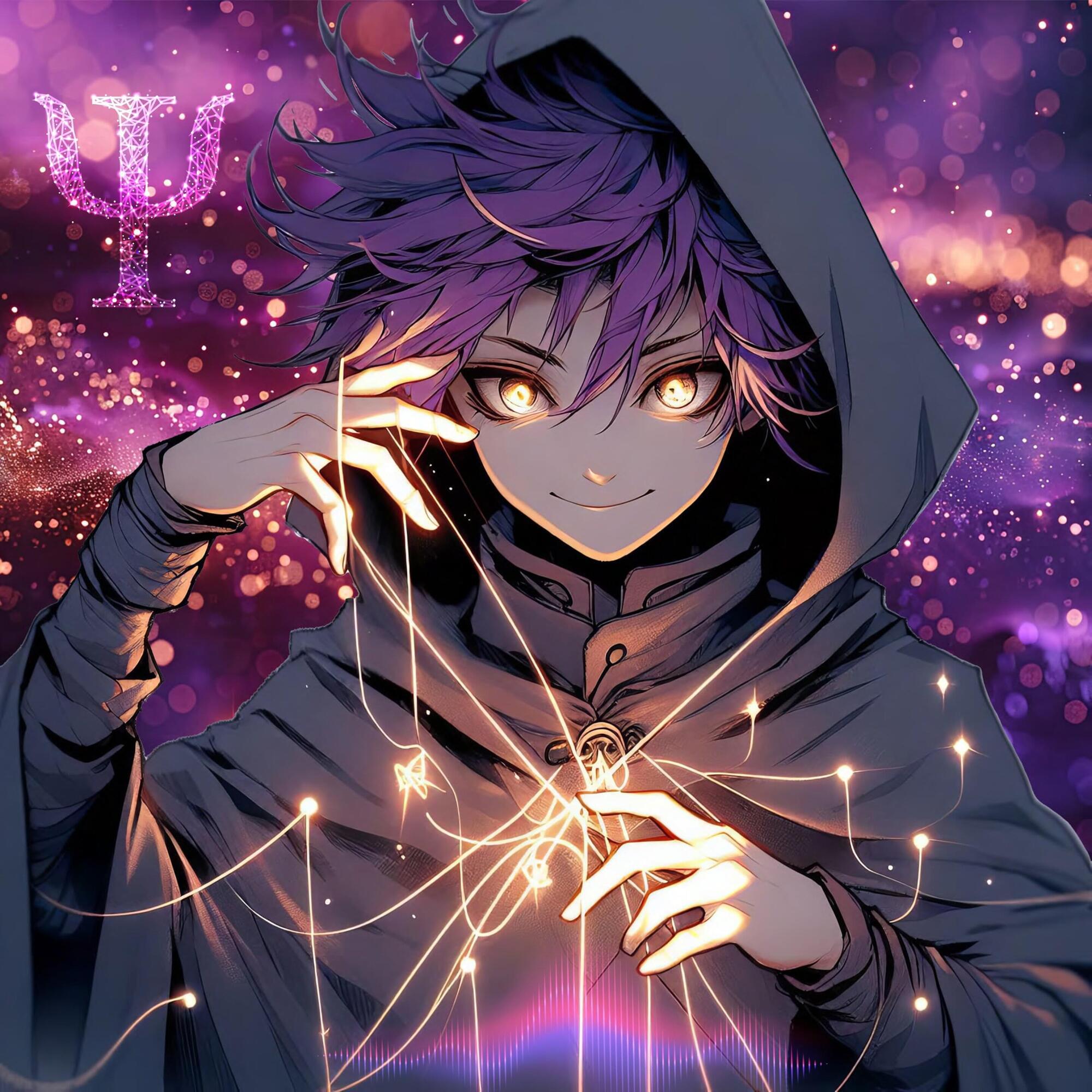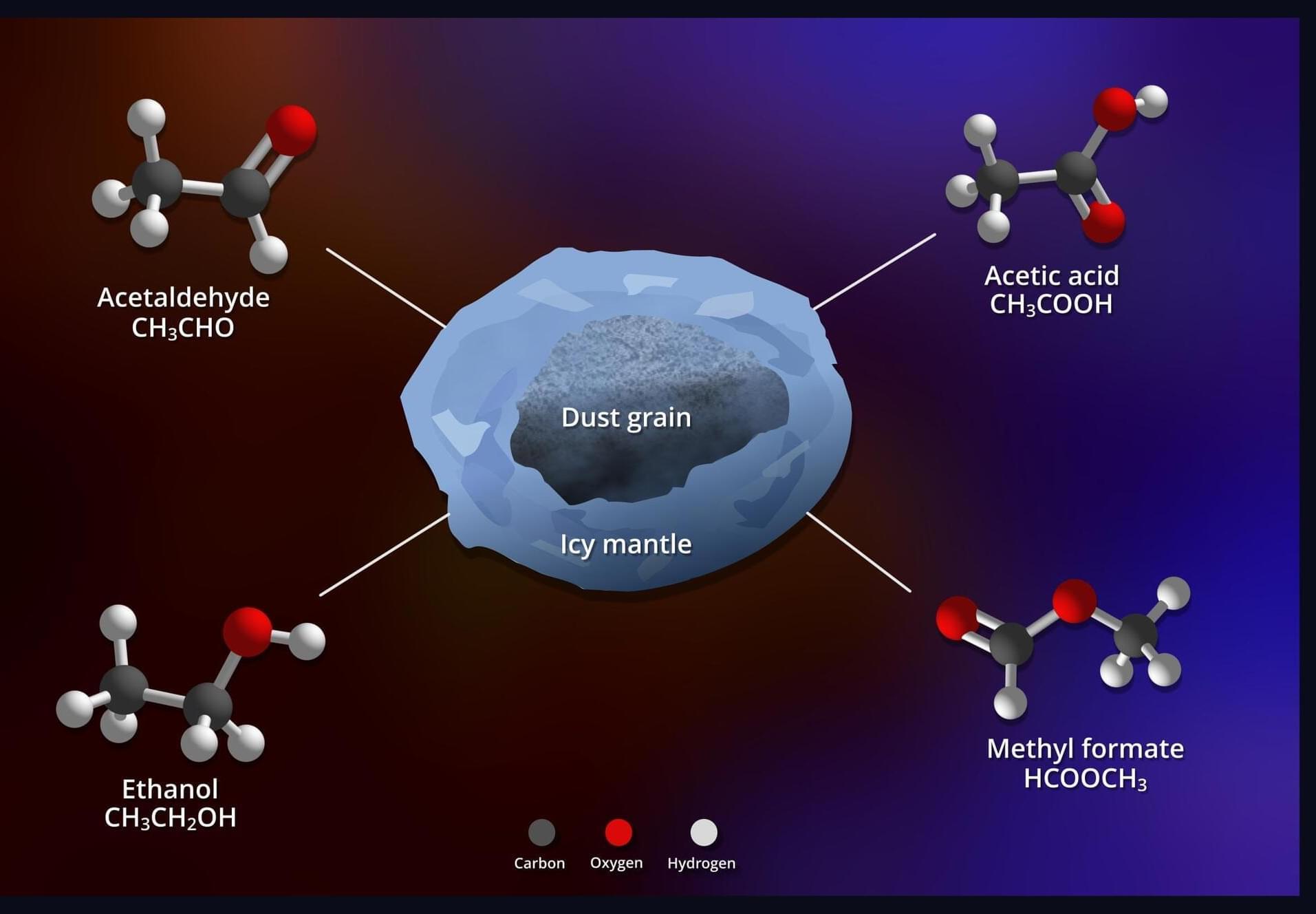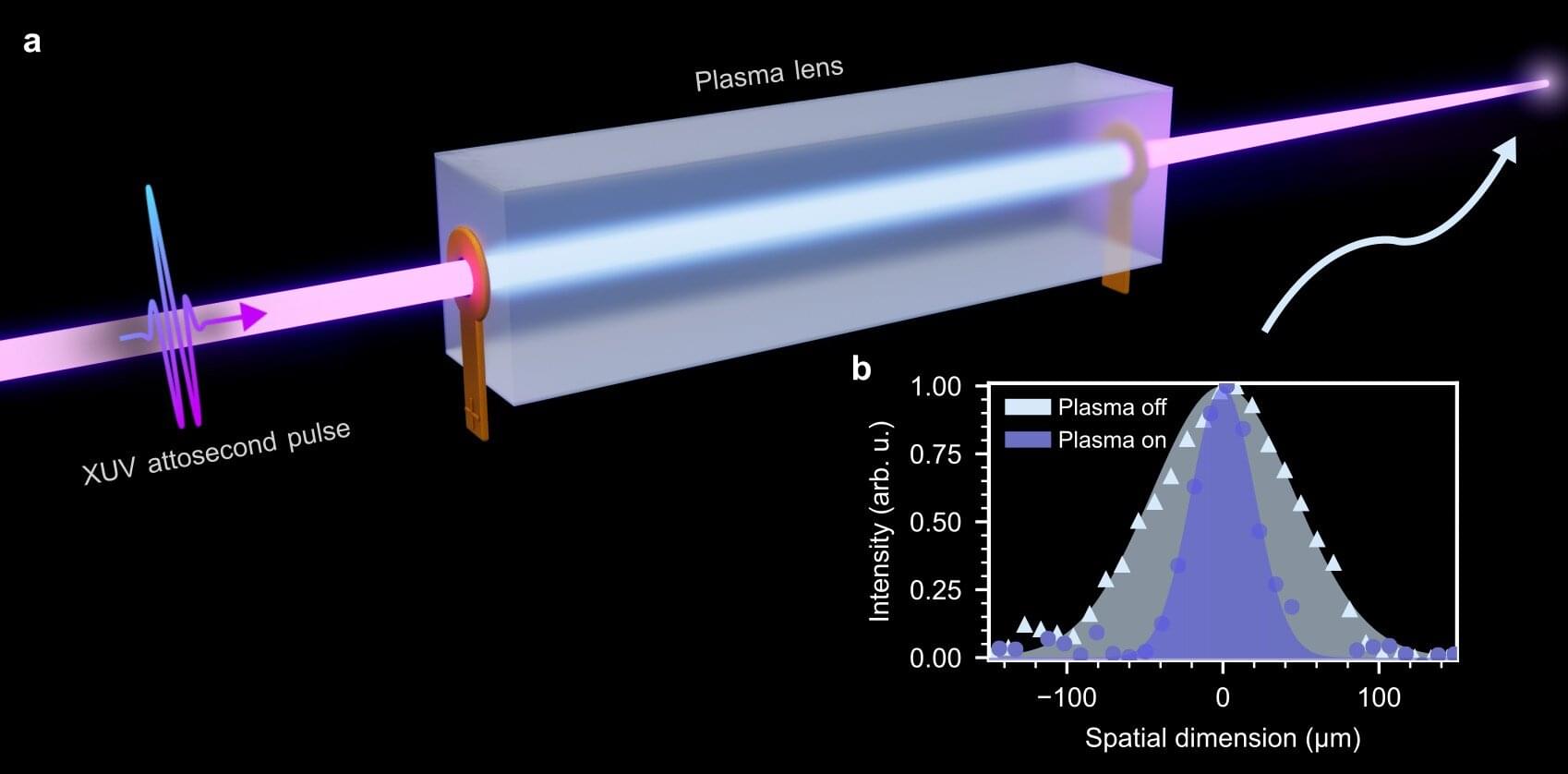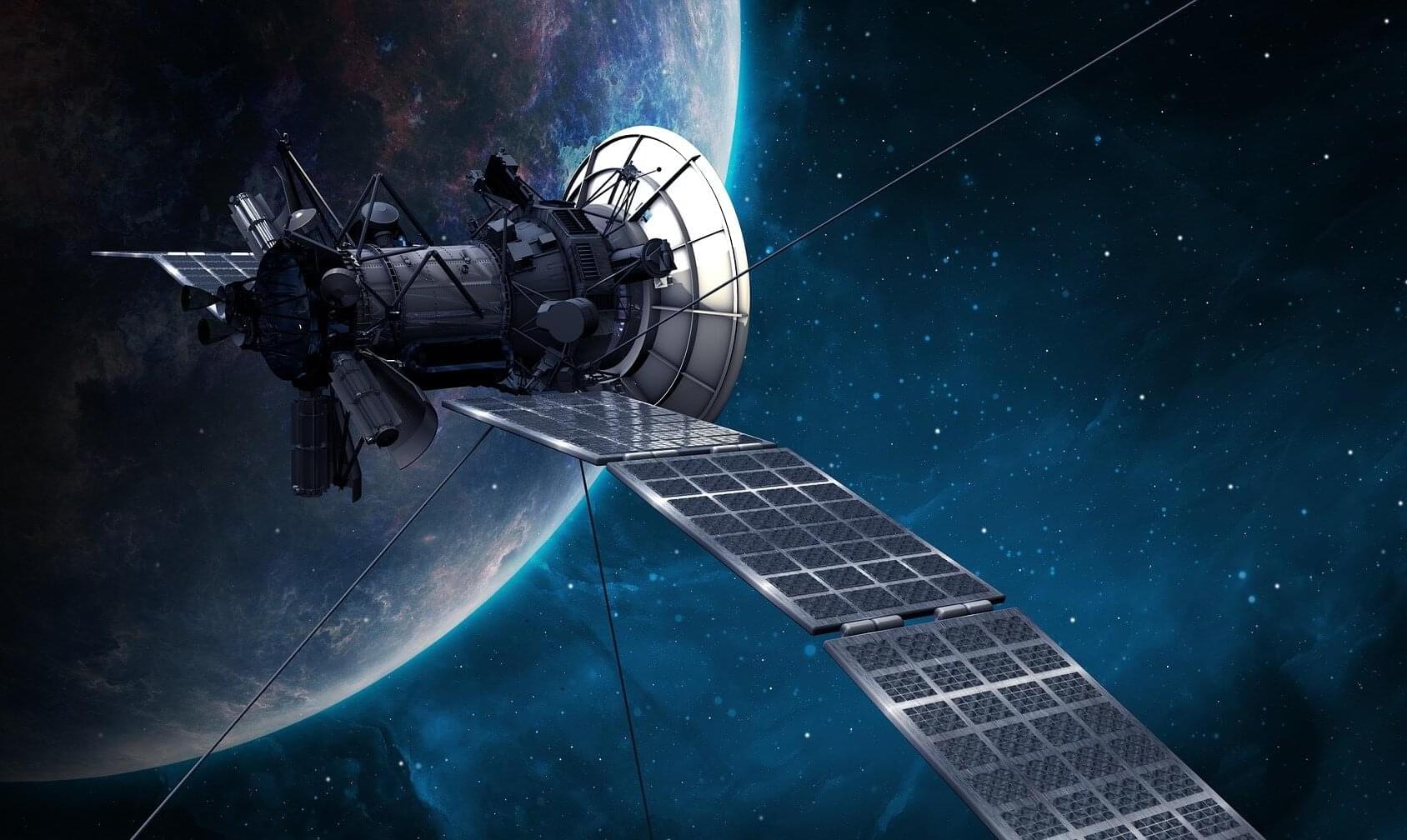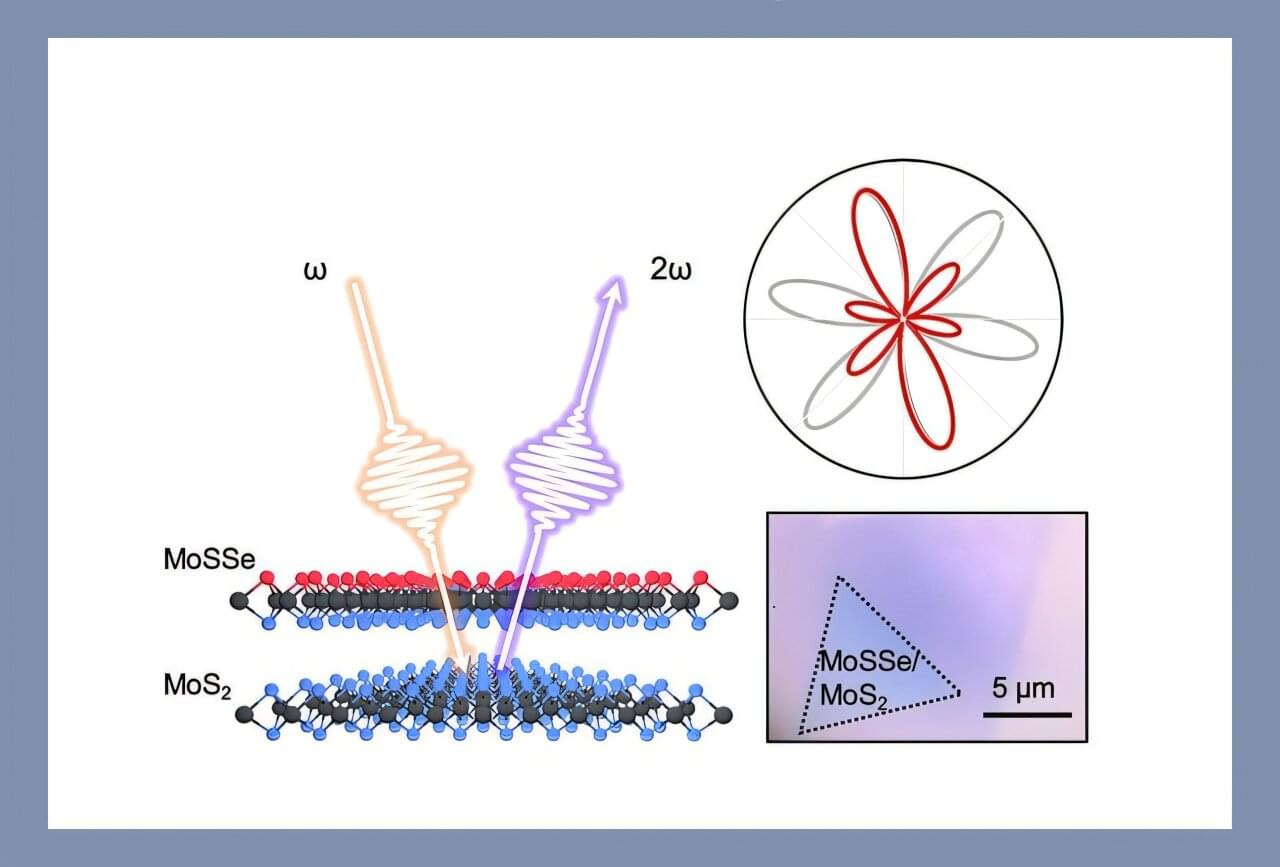At its deepest physical foundations, the world appears to be nonlocal: particles separated in space behave not as independent quantum systems, but as parts of a single one. Polish physicists have now shown that such nonlocality—arising from the simple fact that all particles of the same type are indistinguishable—can be observed experimentally for virtually all states of identical particles.
All particles of the same type—for example, photons or electrons—are entangled with one another, including those on Earth and those in the most distant galaxies. This surprising statement follows from a fundamental postulate of quantum mechanics: particles of the same type are, in their very nature, identical. Does this mean that a universal source of entanglement—underlying the peculiar, nonlocal features of the quantum world—is at our fingertips? And can we somehow outsmart quantum theory, which so carefully guards access to this extraordinary resource?
Answers to these questions have been provided by two Polish theorists from the Institute of Nuclear Physics of the Polish Academy of Sciences (IFJ PAN) in Krakow and the Institute of Theoretical and Applied Informatics of the Polish Academy of Sciences (IITiS PAN) in Gliwice. Their findings, published in npj Quantum Information, show how the very identity of particles gives rise to observable quantum nonlocality.
